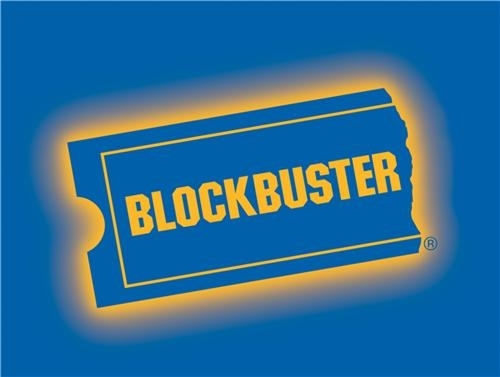There’s a clear need to begin the transition to software-as-a-service models that improve cash flow and foster customer retention.

Security system providers need to avoid the Blockbuster mentality.
The moment Netflix entered the home entertainment market, it transformed the way people access, select and watch movies and television shows. When’s the last time Blockbuster opened a new video store? The iconic blue-and-yellow sign has all but been retired in a brick-and-mortar context, although the company has hopped on the streaming service bandwagon with Blockbuster On Demand. Even with this migration, the company still provides a cautionary tale for companies that are playing catch up in an increasingly digital world.
For security system providers, it’s time to recognize the writing on the wall. There’s a clear need to begin the transition to software-as-a-service models that improve cash flow and foster customer retention.
Blind-sided by disruption
Kodak also provides a glaring example of a brand that had built a seemingly impenetrable tower of staying power founded on decades of success. The film- and camera-maker appeared to have ignored the warning signs of digital technology that first rendered traditional cameras obsolete to most consumers, while cellphones and smartphones have since made even digital cameras fairly irrelevant.
“The security industry is poised for a rapid transformation, especially in the way that companies deliver services to their customers.”
Meanwhile, Blockbuster’s precipitous decline followed a similar pathway. The Next Web explained how the video rental relic relaunched itself as a streaming-service provider, but it’s trying to differentiate itself from competitors like Netflix by asking consumers to pay per movie title. Instead of a subscription model, Blockbuster On Demand is essentially a digital continuation of the same business model. Granted, the service is offered through an app that works on multiple platforms, but you’re left with the sneaking suspicion that Blockbuster hasn’t learned all of its lessons.
An article for Security Systems News explained that the security industry is poised for a rapid transformation, especially in the way that companies deliver services to their customers. One of the most critical arguments raised in the article is that many organizations involved in home and commercial security systems need to embrace changes and integrate them into their business processes.
A service-based model demands a differentiated experience
Customer satisfaction and retention are driving many of the changes security systems providers are making to their service models. Ensuring revenue streams remain strong is closely aligned with both of these factors. At the same time, it’s critical that any change to the way a business operates improves efficiency. In many security system organizations, paper-based work flows are the key element that threatens to transform a currently viable business into tomorrow’s Blockbuster.
Any discussion of innovation in the security service industry has to be tempered by the realities facing the companies that will be the primary users. For instance, automated security billing software and payment processing delivered through cloud-based software must be intuitive for employees who will use it on a daily basis. Improved retention – and, as a result, cash flow – through automation assumes the interface will also benefit security systems providers’ customers as well. However, the biggest hurdles that many companies will probably have to overcome are the habits and practices that have become ingrained, meaning the unnecessary touch points and paper-based processes that are difficult to let go. While it may be a staggering realization, it’s the difference between convenience, efficiency and irrelevance.
